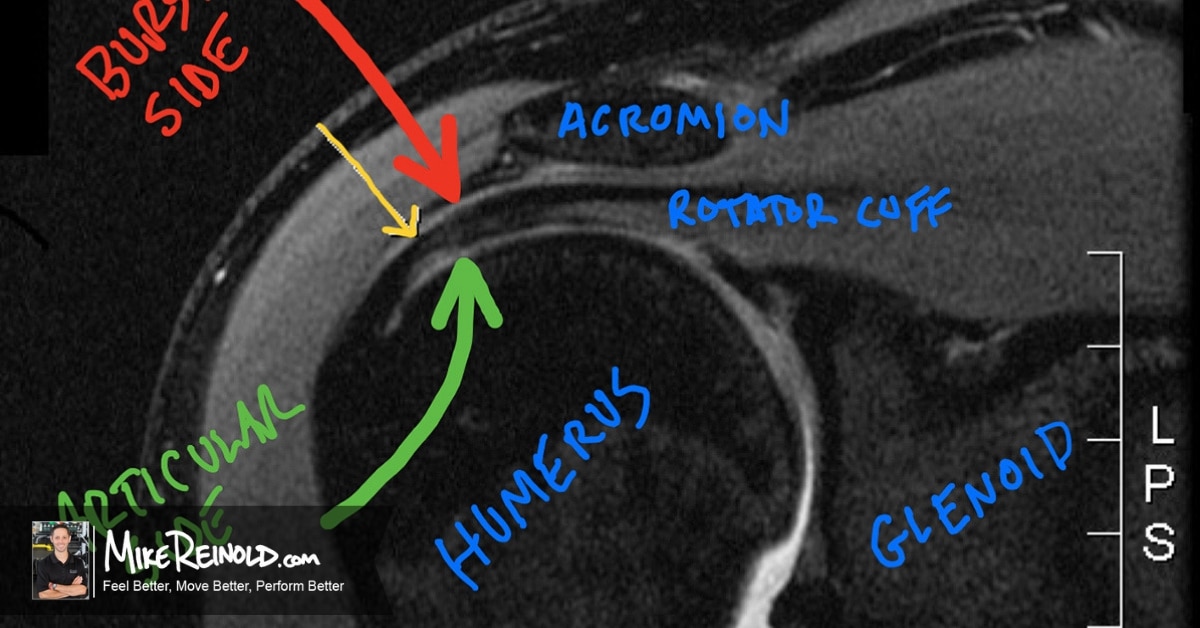Humeral retroversion is a well know entity in overhead athletes. Several authors have done a great job exposing this phenomenon to us all. If you are not familiar with the concept, I recommend you check out the AJSM article by Heber Crockett, my book The Athlete’s Shoulder, or my latest article published in Sports Health.
Can we clinically measure humeral retroversion?
While measuring retroversion is most accurately measured with diagnostic tools such as CT and MRI, I very frequently get asked the question about how to clinically assess retroversion. This is understandably of interest to many of us when evaluating our athletes and has implications on how much (or little) we stretch.
Measuring this clinically is actually pretty simple. Well, nothing is that simple guess. It is simple if they do not have any restrictions in range of motion. Let me explain:
- First measure both shoulder external rotation and internal rotation at 90 degrees of abduction. Do this on both sides.
- Now add up ER + IR on each side. This is your “total motion.”
- In the normal person, including overhead athletes, the total motion should be very similar. Let’s say that the total motion for this example is 180 degrees.
- Dominant arm: ER = 130 deg + IR 50 deg = 180 deg total motion
- Nondominant arm: ER = 115 deg + IR 65 deg = 180 deg total motion
In this scenario the amount of humeral retroversion is 15 degrees. How did I come up with that? Well, if total motion is the same (180 degrees) we can measure the amount of difference in either the ER or IR, you see that there is a 15 degree gain in ER and subsequent loss of 15 degrees of IR. So the humerus must be retroverted 15 degrees.
What if the person is tight, or total motion is not symmetrical, but rather the dominant arm has less than the 180 degrees that the nondominant arm exhibits? Then measuring gets a little trickier.
A simple measurement technique is to measure the amount of rotation the arm sits in when relaxed. This may be a decent indicator of retroversion, though I would bet there is a high standard deviation. Regardless this is close. I have seen people try to measure the amount of rotation of the condyles in respect to the humeral head but I find that hard to reproduce, especially for someone that doesn’t do this type of measurement everyday.
Try This Simple Technique


What do you think? What have you used?
Sign up for my FREE newsletter for even more great content!





